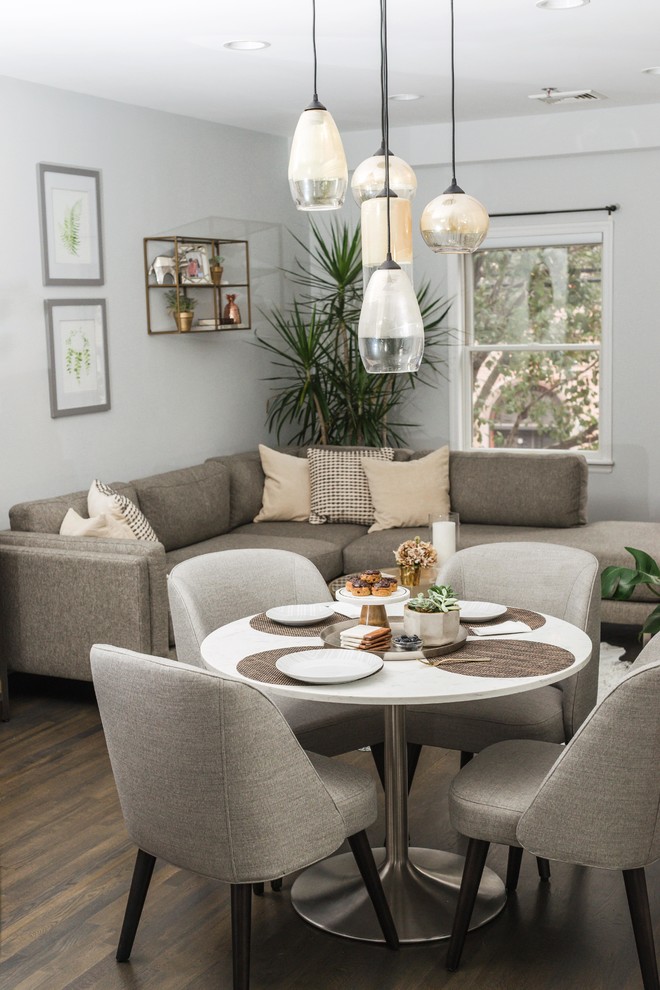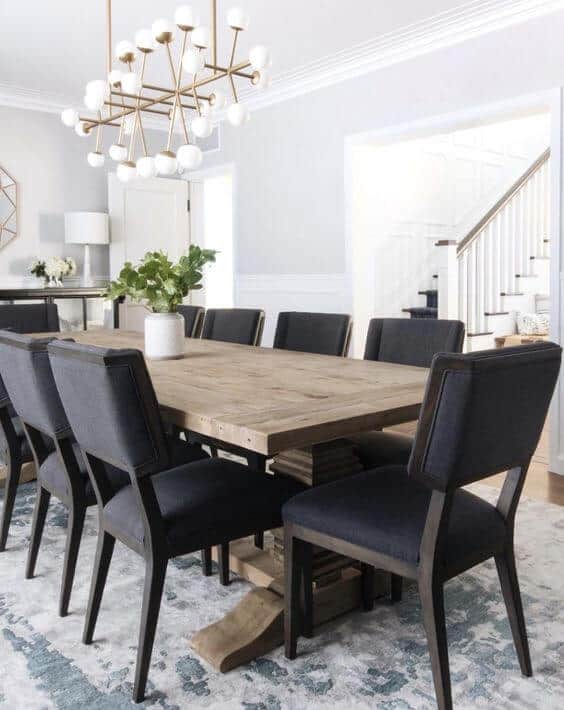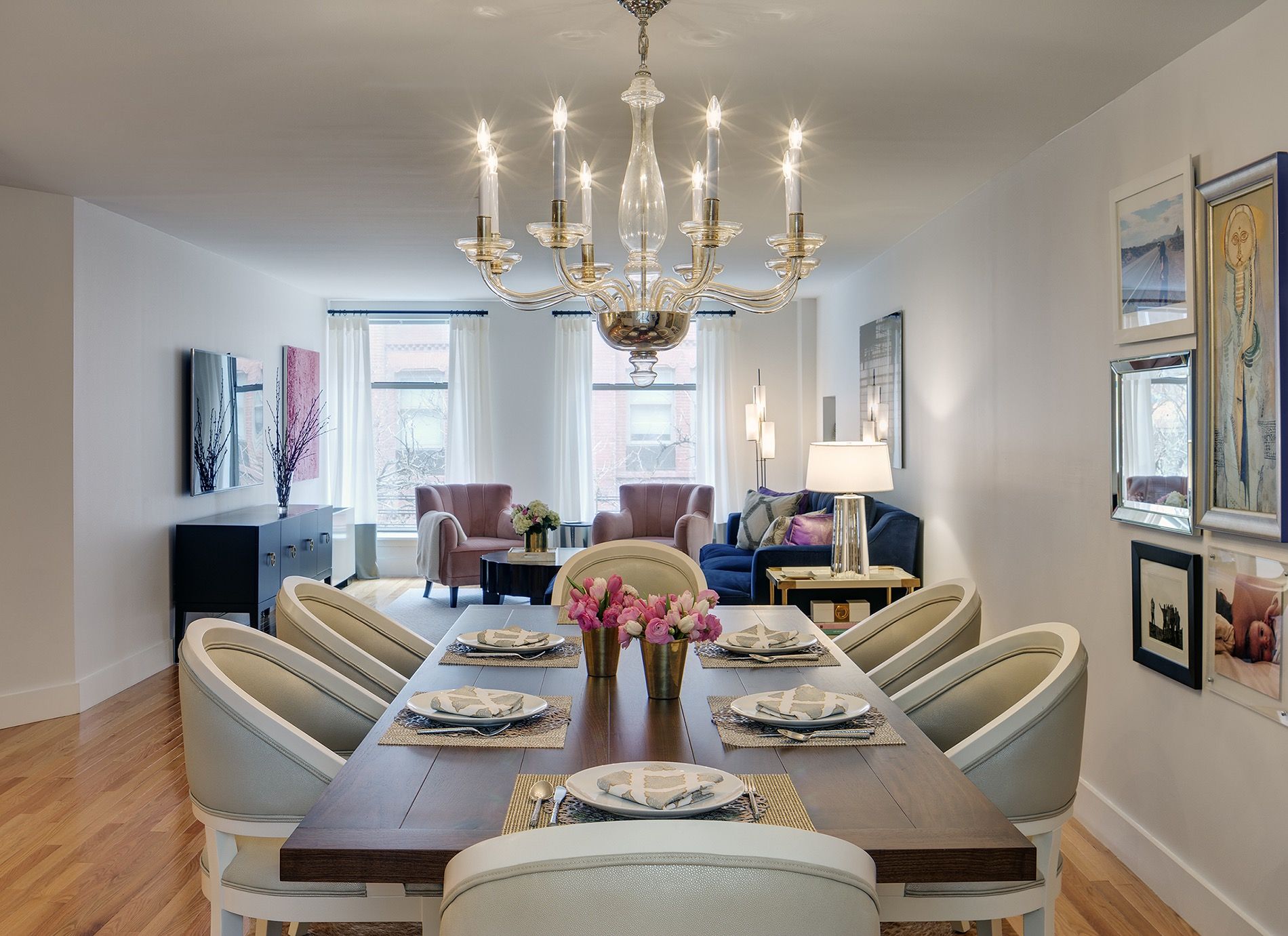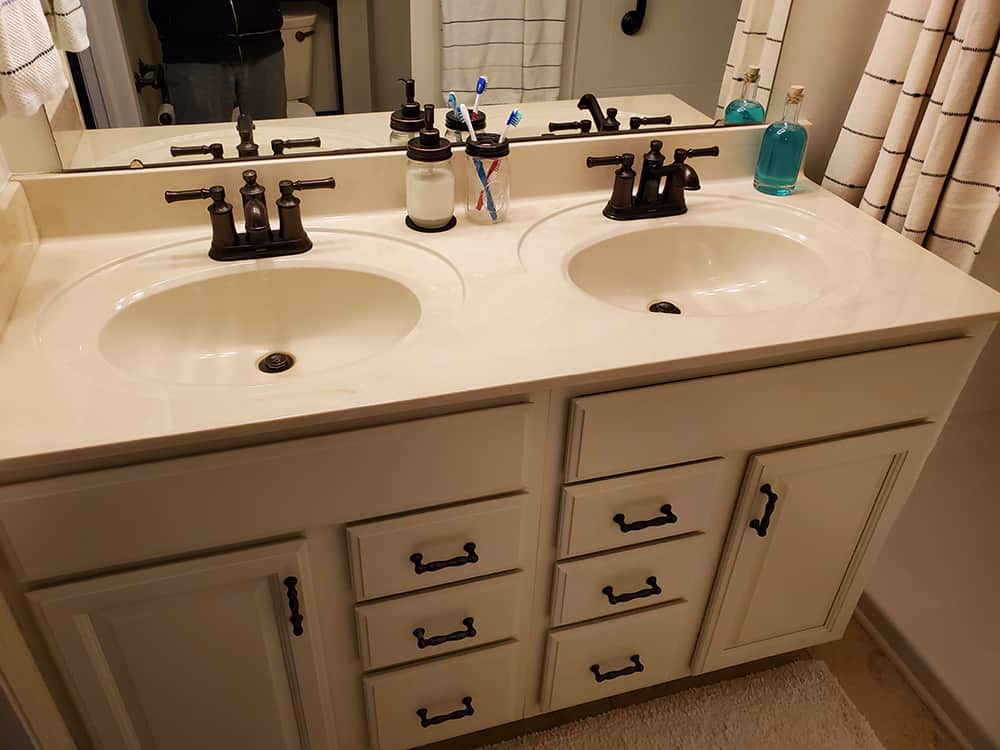For many people, the living room is the heart of the home. It's a place to relax, unwind, and spend time with loved ones. But what about eating in the living room? Is it a good idea or a recipe for disaster? Let's take a look at the pros and cons. Eating in the living room can be a convenient option, especially for busy families or individuals. It allows you to multitask and catch up on your favorite TV show while enjoying a meal. However, this habit can also lead to some negative consequences. On the one hand, eating in the living room can be a bonding experience for families. It's a way to spend quality time together, sharing stories and laughter over a delicious meal. It also allows for more relaxed and casual dining, which can be a welcome change from the traditional dining room setting. On the other hand, there are some downsides to eating in the living room. For starters, it can be messy. Crumbs, spills, and stains can quickly accumulate on your furniture and floors, making it difficult to keep your living room clean and tidy. It can also lead to a lack of boundaries, with food and drinks making their way onto other surfaces in the room.1. Eating in the living room: Pros and Cons
If you're determined to continue eating in the living room, there are ways to do it without sacrificing cleanliness and comfort. One option is to create a cozy dining area within your living room space. Start by choosing a designated area for your dining table. This can be a corner of the room, against a wall, or even in front of a window. Next, invest in a table that fits the space and your needs. It can be a small round table for intimate meals or a larger rectangular one for entertaining guests. To make the dining area feel more separate from the rest of the living room, consider adding a rug underneath the table and chairs. This will define the space and protect your flooring from spills. You can also hang a chandelier or pendant light above the table to create a focal point and add ambiance.2. How to create a cozy dining area in your living room
To avoid the mess and chaos that can come with eating in the living room, there are a few simple tips you can follow. First and foremost, try to limit the types of food you eat in the living room. Stick to finger foods or meals that are less likely to cause spills and stains. Next, use trays or placemats to contain any crumbs or spills. This will make it easier to clean up after your meal. You can also invest in furniture covers or slipcovers to protect your couches and chairs from food and drink accidents. Finally, make a habit of cleaning up immediately after eating in the living room. This will prevent any lingering stains or odors and help maintain a clean and inviting space.3. Tips for keeping your living room clean while eating
While eating in the living room may have its downsides, there are also some significant benefits to creating a designated eating space in this room. For one, it can save space in smaller homes or apartments where a separate dining room may not be feasible. Having a designated eating area in the living room can also make it easier to entertain guests. You can have a more casual and intimate dining experience without having to leave the comfort of your living room. It also allows for more flexibility in terms of seating and layout.4. The benefits of having a designated eating space in your living room
If you're short on space, it may seem impossible to fit a dining table into your living room. However, with a little creativity, you can make it work. One option is to invest in a convertible or expandable table that can be folded or expanded as needed. Another idea is to use a bench against one wall as seating for the dining table. This will save space and can also double as extra seating for guests when not being used for dining. You can also consider using a bar cart or kitchen island as a makeshift dining table in your living room.5. Creative ways to incorporate a dining table into your living room
When it comes to eating in the living room, there are a few dos and don'ts to keep in mind. Do use trays or placemats to contain messes, do clean up immediately after eating, and do try to limit the types of food you eat in this space. On the other hand, don't leave dirty dishes and utensils lying around, don't allow food and drinks on other surfaces in the living room, and don't let this habit become a regular occurrence. Balancing convenience and cleanliness is key.6. The dos and don'ts of eating in the living room
Spills and stains are inevitable when eating in the living room, but there are ways to prevent them from becoming a major issue. One option is to use spill-proof or shatterproof dinnerware, such as plastic or melamine plates and cups. You can also keep cleaning supplies handy, such as stain removers and paper towels, to quickly address any spills or accidents. And, of course, using trays and placemats can also help contain messes and make cleanup easier.7. How to prevent spills and stains while eating in the living room
There's a reason why eating in the living room can feel so relaxing and enjoyable. According to psychologists, the act of eating in a comfortable and familiar environment can trigger positive feelings and associations with food and dining. In fact, studies have shown that people tend to eat more slowly and mindfully when dining in a cozy and comfortable setting, such as the living room. This can lead to better digestion, reduced stress, and an overall more enjoyable dining experience.8. The psychology behind eating in the living room
As mentioned earlier, eating in the living room can be a bonding experience for families. It's a time to come together, share a meal, and catch up on each other's lives. This can be especially beneficial for busy families who may not have much time to sit down and eat together at a traditional dining table. It also allows for more relaxed and casual conversations, as well as the opportunity to introduce new foods and cuisines to children in a comfortable and familiar environment.9. Why eating in the living room can be a bonding experience for families
In recent years, there has been a growing trend of living room dining, where people are choosing to eat in this space rather than the traditional dining room. This trend is especially popular among younger generations who value convenience and flexibility. To make living room dining work for you, it's important to find a balance between comfort and cleanliness. Create a designated dining area, use trays and placemats, and make a habit of cleaning up immediately after meals. With these tips, you can enjoy the convenience and comfort of eating in the living room without sacrificing the cleanliness and organization of your space.10. The trend of "living room dining" and how to make it work for you
Eating in the Living Room: A Functional and Stylish Addition to Your House Design

Maximizing Space and Convenience
 When designing a house, the living room is often reserved for entertaining guests or relaxing with the family. However, with the rise of open-concept living spaces, many homeowners are now incorporating
eating areas
within their living rooms. This trend not only adds a touch of modernity to the house but also serves as a practical solution for
maximizing space
and
convenience
. With a designated eating area in the living room, you no longer have to navigate between different rooms during meal times, making it easier and more efficient to enjoy your food.
When designing a house, the living room is often reserved for entertaining guests or relaxing with the family. However, with the rise of open-concept living spaces, many homeowners are now incorporating
eating areas
within their living rooms. This trend not only adds a touch of modernity to the house but also serves as a practical solution for
maximizing space
and
convenience
. With a designated eating area in the living room, you no longer have to navigate between different rooms during meal times, making it easier and more efficient to enjoy your food.
Creating a Cohesive Design
 Incorporating an
eating area
in the living room also creates a more cohesive design for your house. Instead of having a separate dining room, which can often feel disconnected from the rest of the house, a dining area within the living room allows for a seamless flow between the different living spaces. With the right furniture and decor, you can create a
stylish and functional
eating area that complements the overall design of your living room.
Incorporating an
eating area
in the living room also creates a more cohesive design for your house. Instead of having a separate dining room, which can often feel disconnected from the rest of the house, a dining area within the living room allows for a seamless flow between the different living spaces. With the right furniture and decor, you can create a
stylish and functional
eating area that complements the overall design of your living room.
Flexibility in Usage
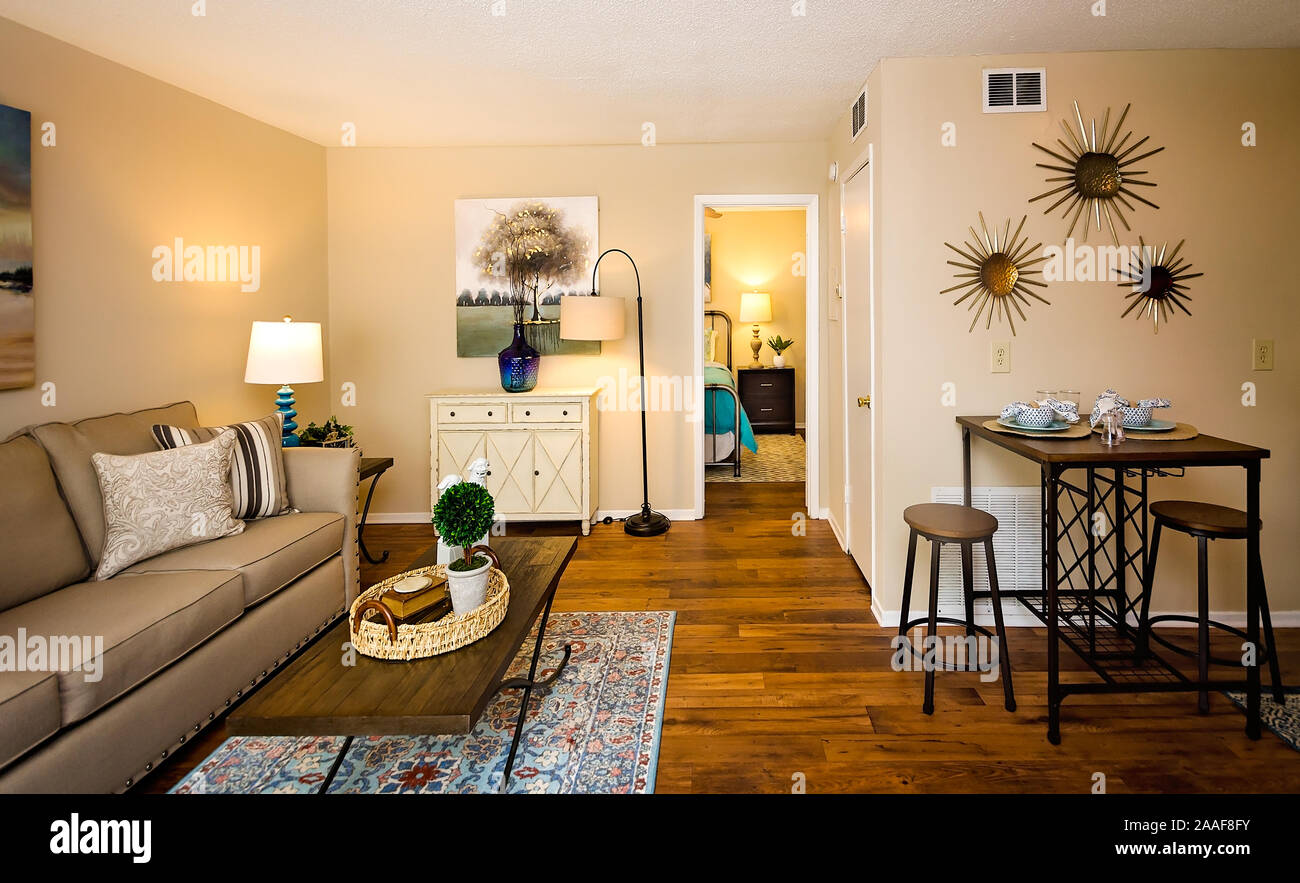 Having an eating area in the living room also offers
flexibility in usage
. When not in use for meals, the space can serve as an additional seating area for guests or as a workspace for remote work or studying. This multi-functional use of the living room not only adds value to your house design but also provides versatility in how you utilize the space.
Having an eating area in the living room also offers
flexibility in usage
. When not in use for meals, the space can serve as an additional seating area for guests or as a workspace for remote work or studying. This multi-functional use of the living room not only adds value to your house design but also provides versatility in how you utilize the space.
Considerations for a Successful Design
 When incorporating an eating area in the living room, it is important to consider a few key elements for a successful design. First,
choose the right furniture
that fits the space and complements the rest of the living room. This could include a small dining table, a bar counter, or even a bench with storage underneath. Second, make sure to
create a designated eating area
that is clearly defined within the living room. This could be achieved through the use of a rug, lighting, or different flooring materials. Lastly,
incorporate your personal style
into the design to make it unique and reflective of your taste.
In conclusion, adding an eating area in the living room is a practical and stylish way to enhance your house design. It maximizes space, creates a cohesive design, offers flexibility in usage, and can be customized to fit your personal style. So why not consider incorporating this trend into your house design and elevate your living room experience?
When incorporating an eating area in the living room, it is important to consider a few key elements for a successful design. First,
choose the right furniture
that fits the space and complements the rest of the living room. This could include a small dining table, a bar counter, or even a bench with storage underneath. Second, make sure to
create a designated eating area
that is clearly defined within the living room. This could be achieved through the use of a rug, lighting, or different flooring materials. Lastly,
incorporate your personal style
into the design to make it unique and reflective of your taste.
In conclusion, adding an eating area in the living room is a practical and stylish way to enhance your house design. It maximizes space, creates a cohesive design, offers flexibility in usage, and can be customized to fit your personal style. So why not consider incorporating this trend into your house design and elevate your living room experience?
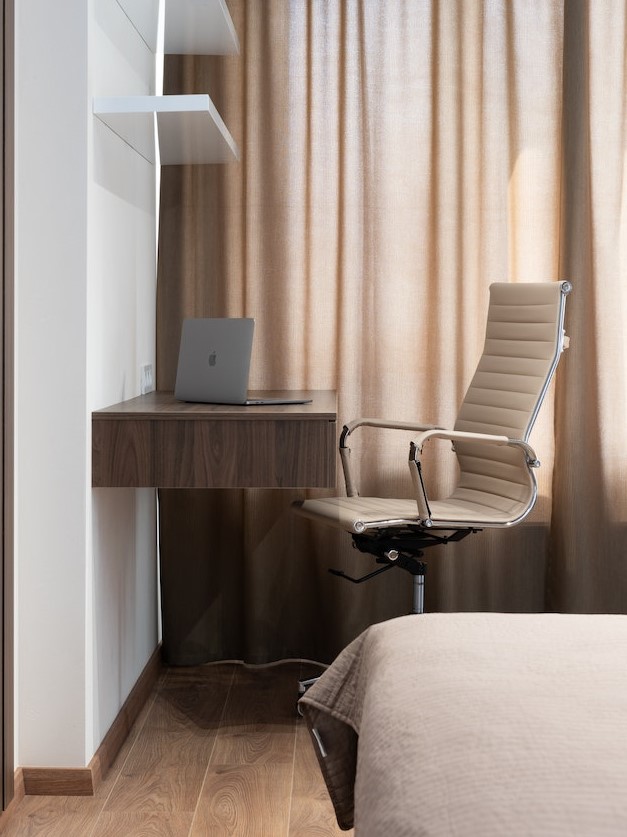
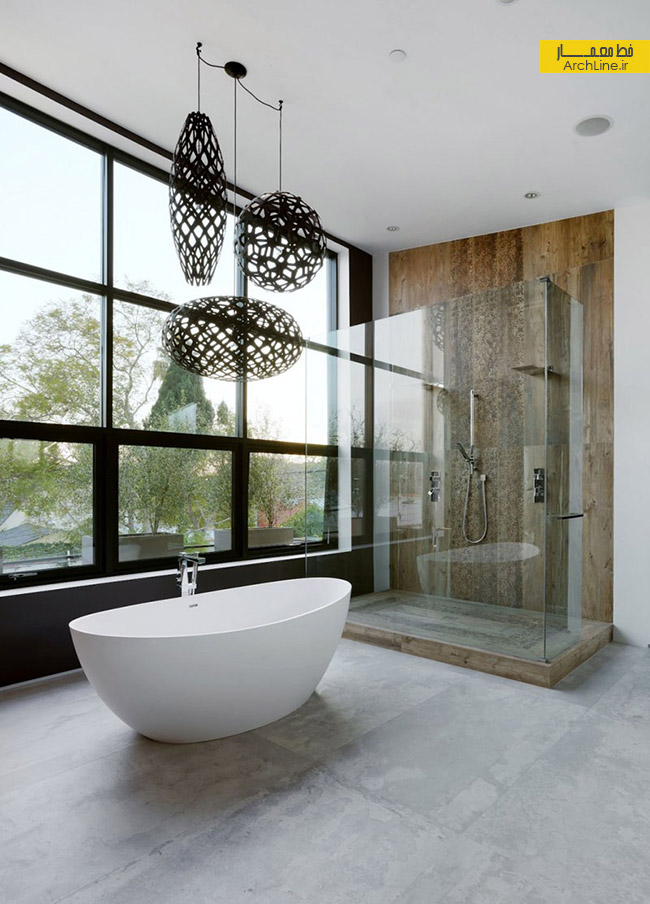









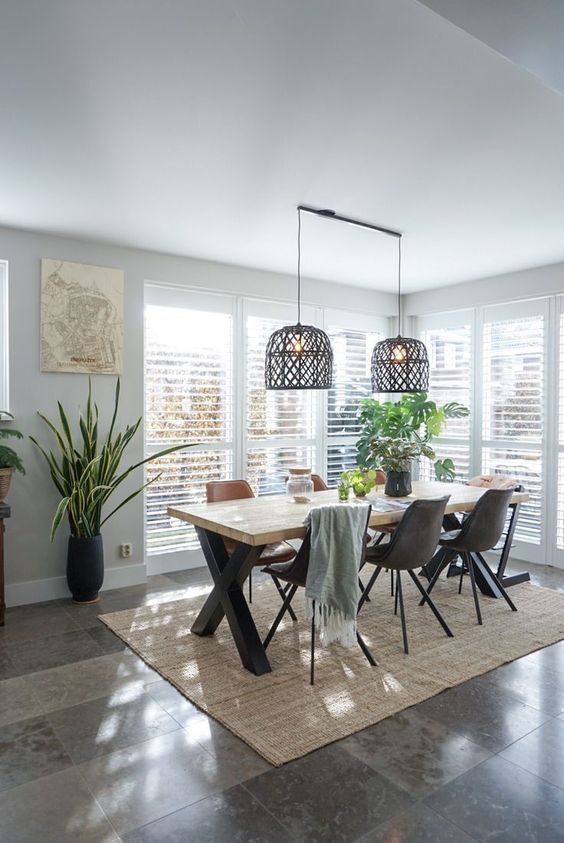
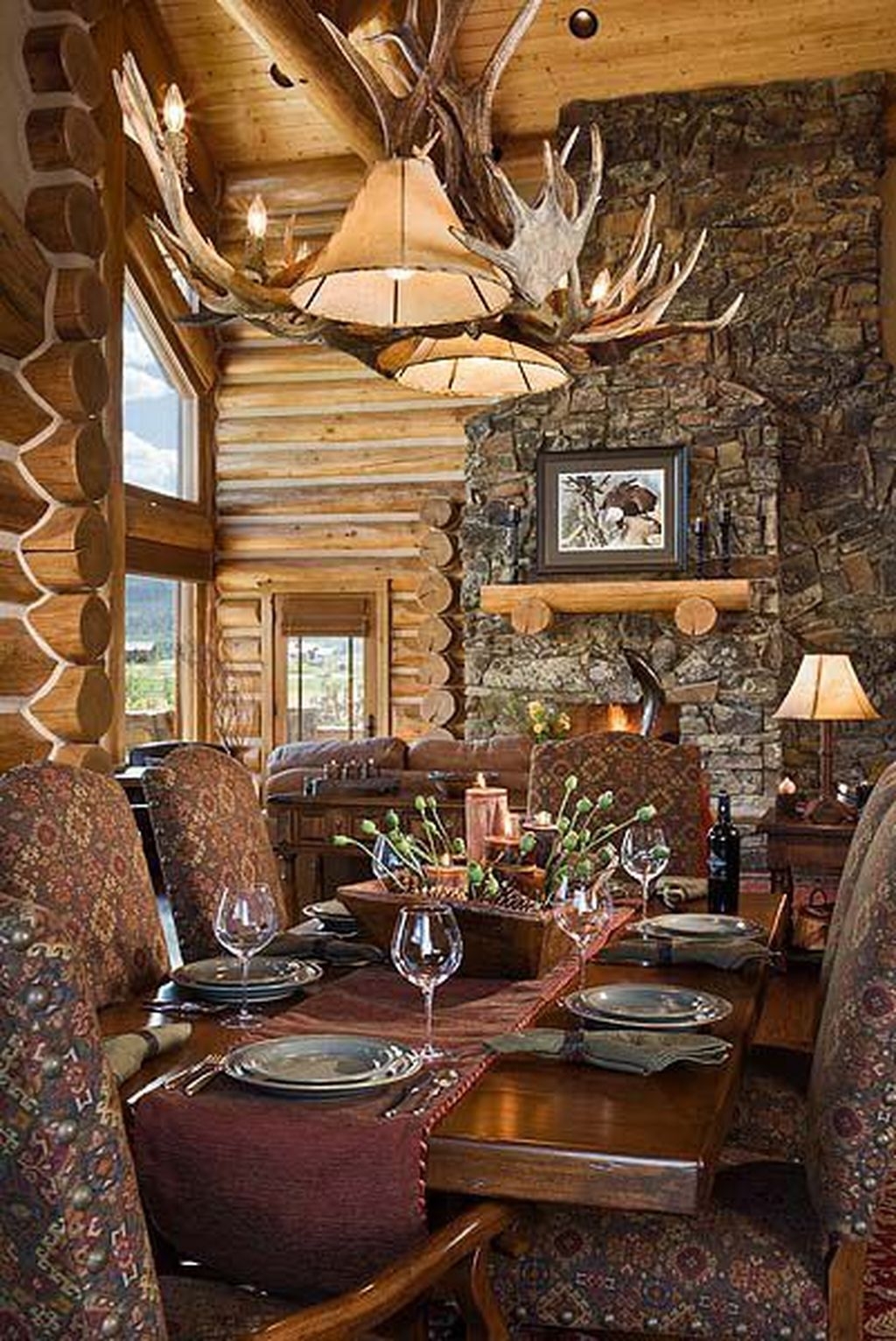
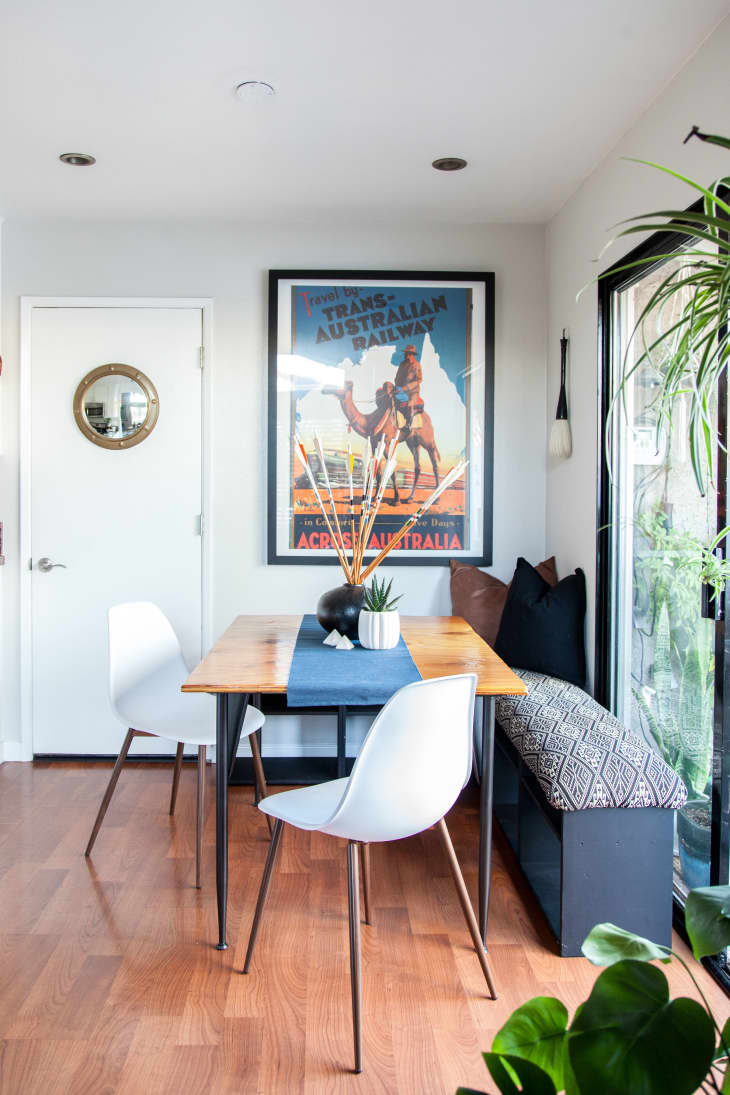


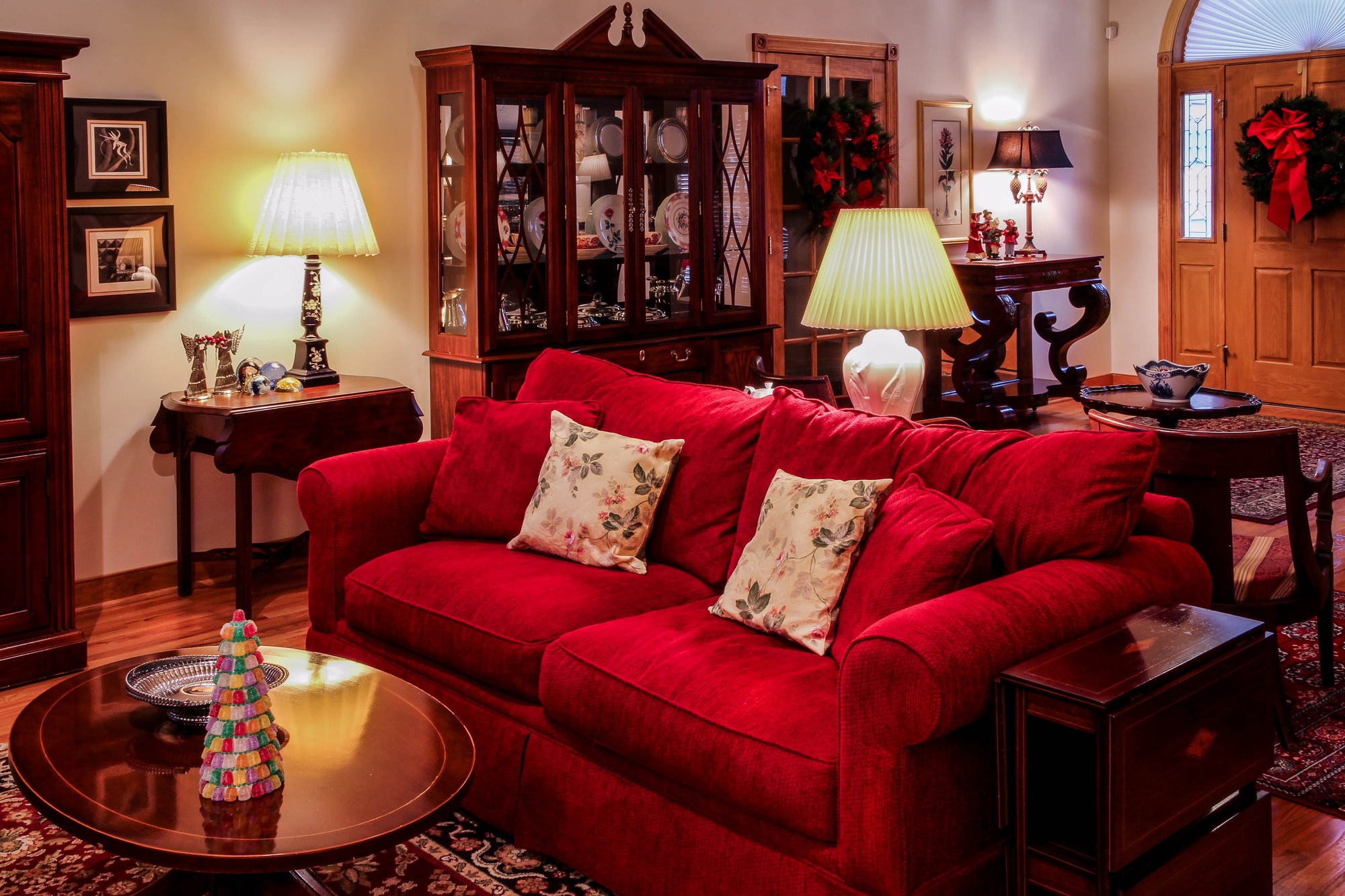
:max_bytes(150000):strip_icc()/GettyImages-522942474-5afd53c4e34d4243a0246641aabf489c.jpg)
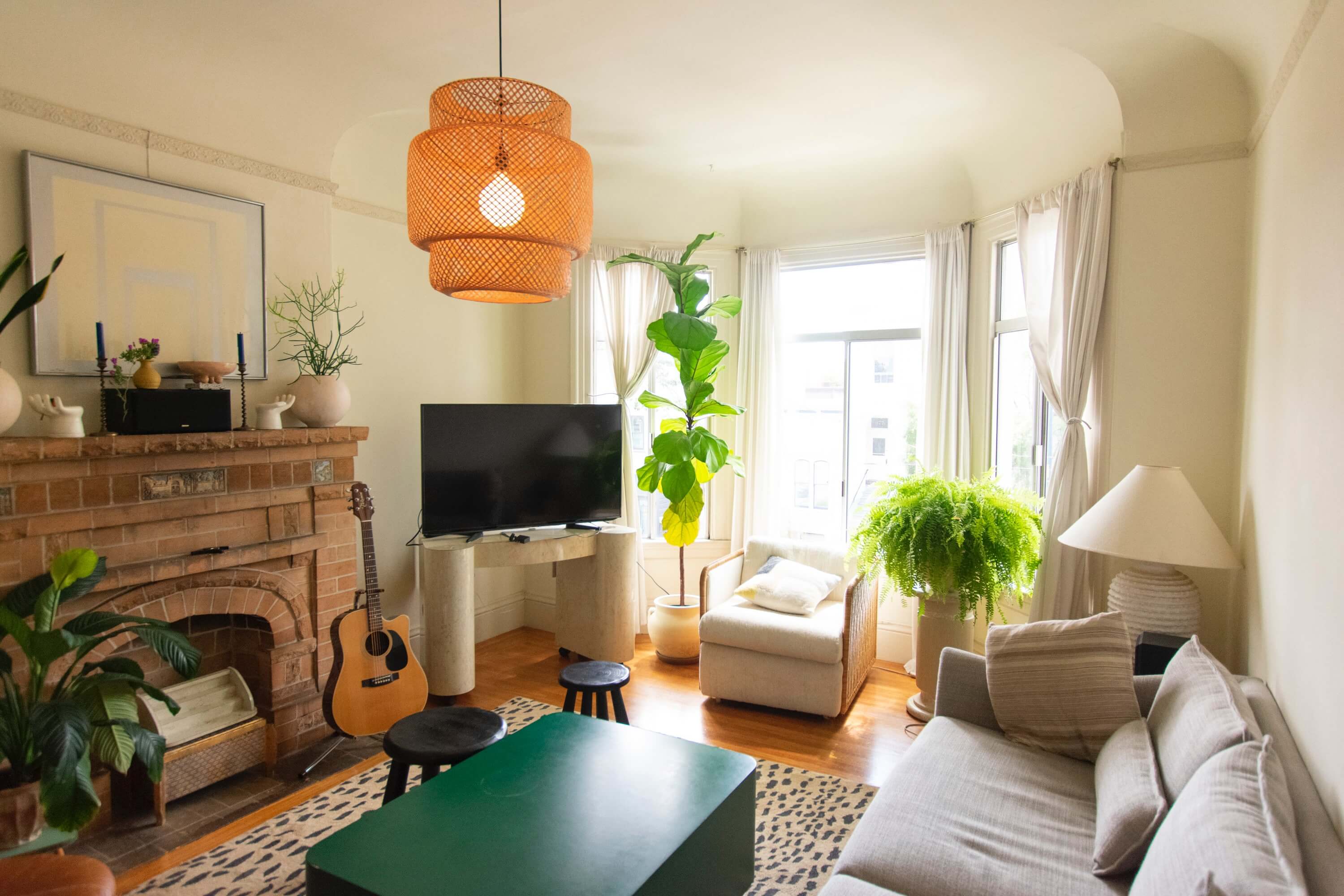

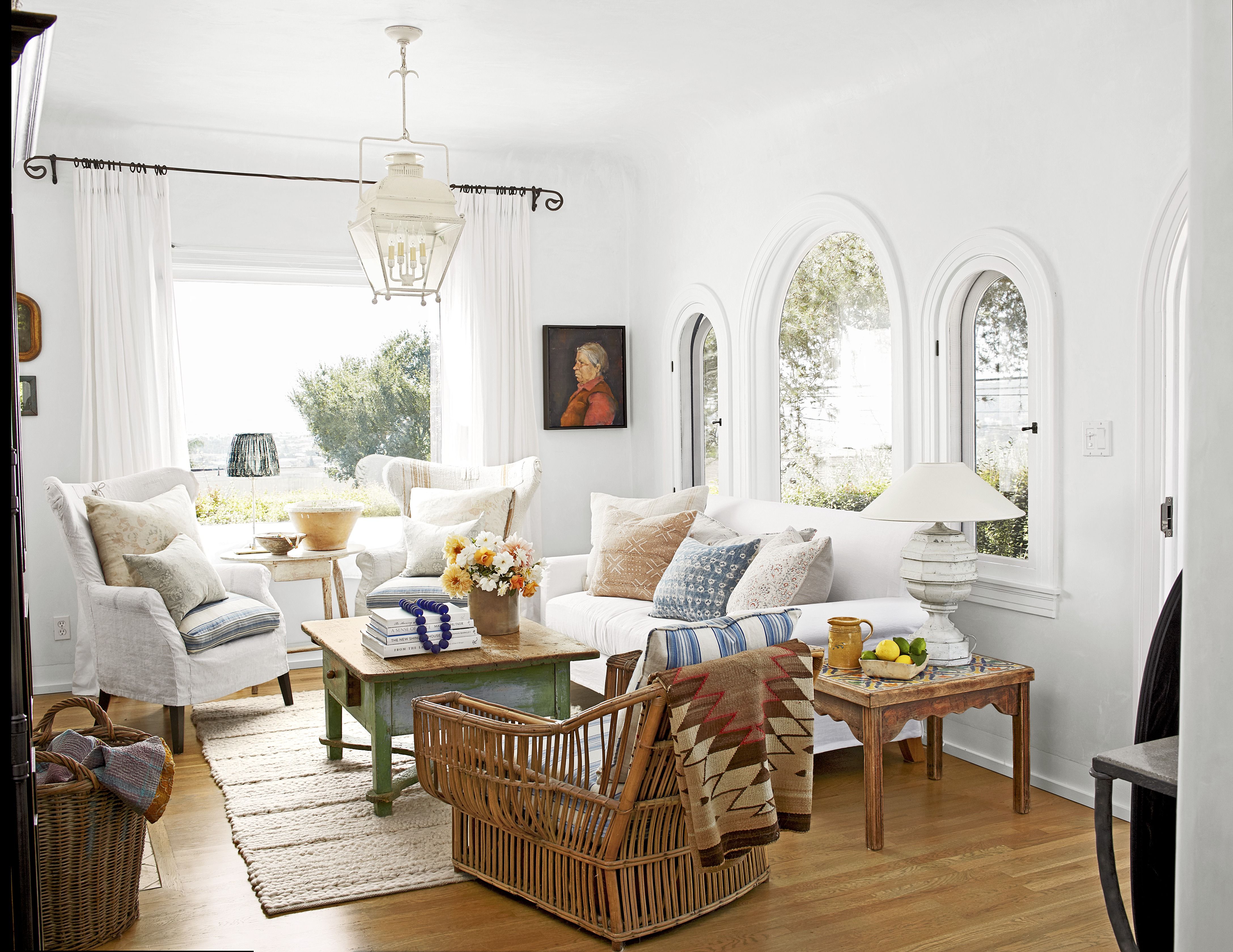
:max_bytes(150000):strip_icc()/Warm-and-cozy-living-room-Amy-Youngblood-589f82173df78c47587b80b6.png)
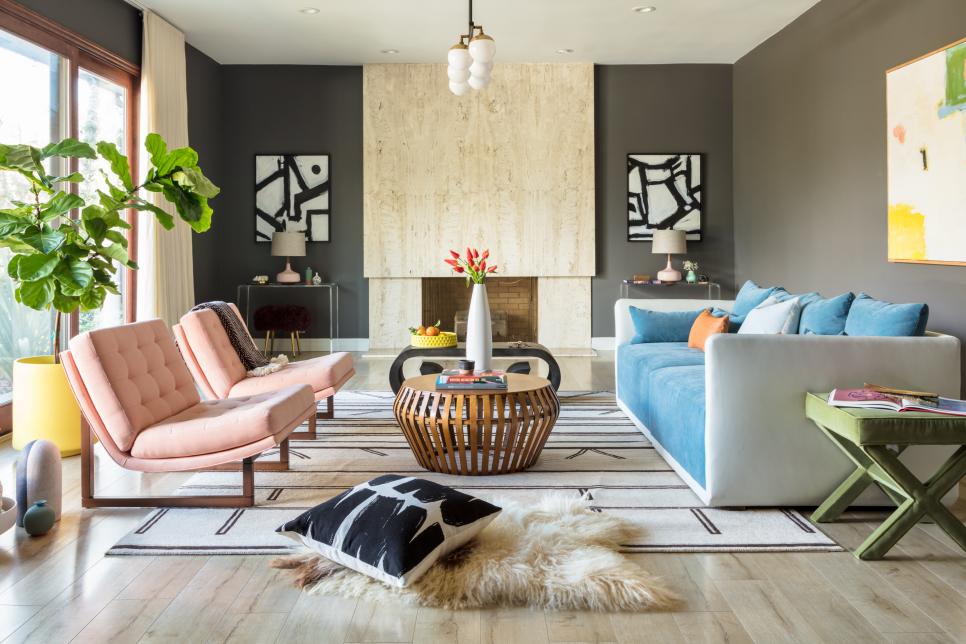

















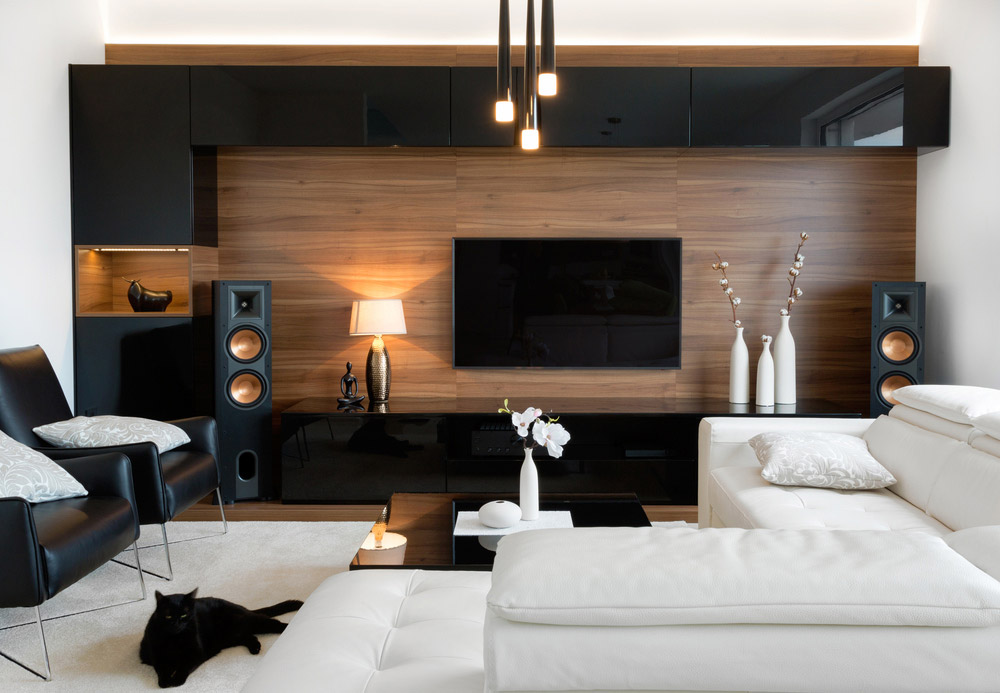





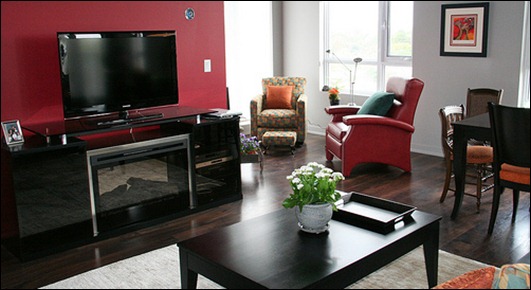

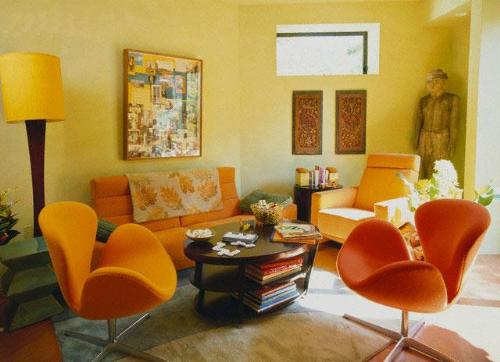









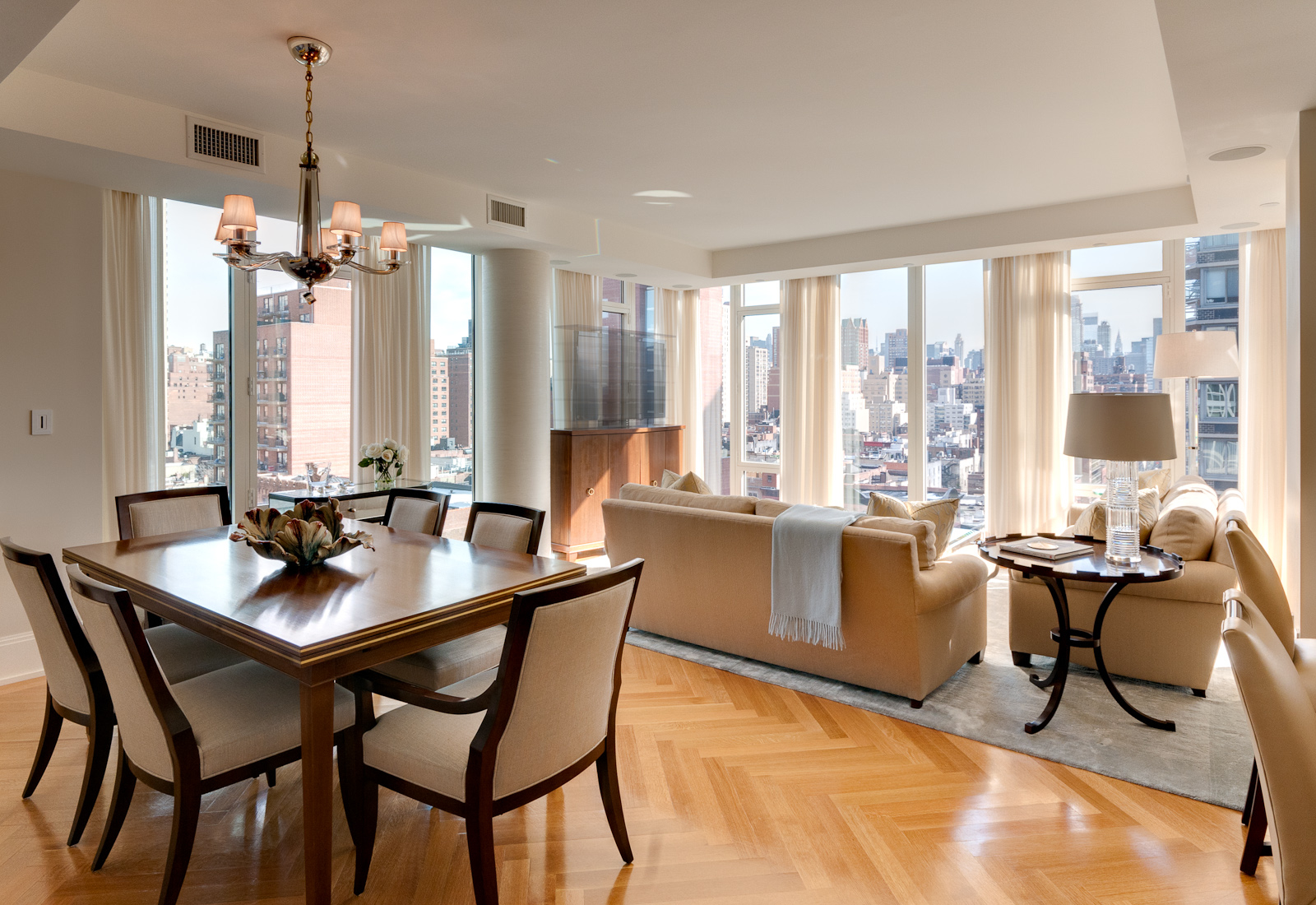
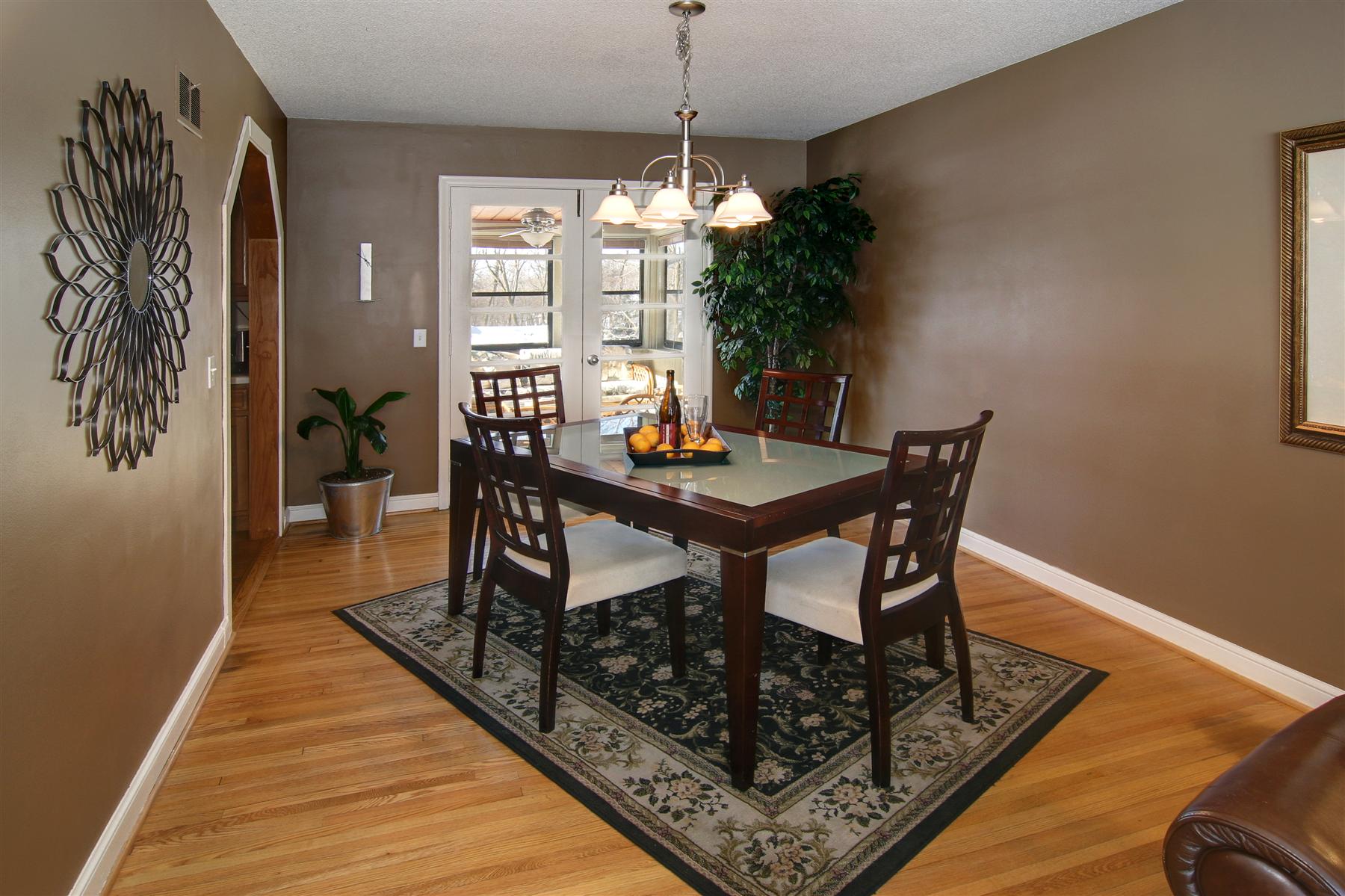
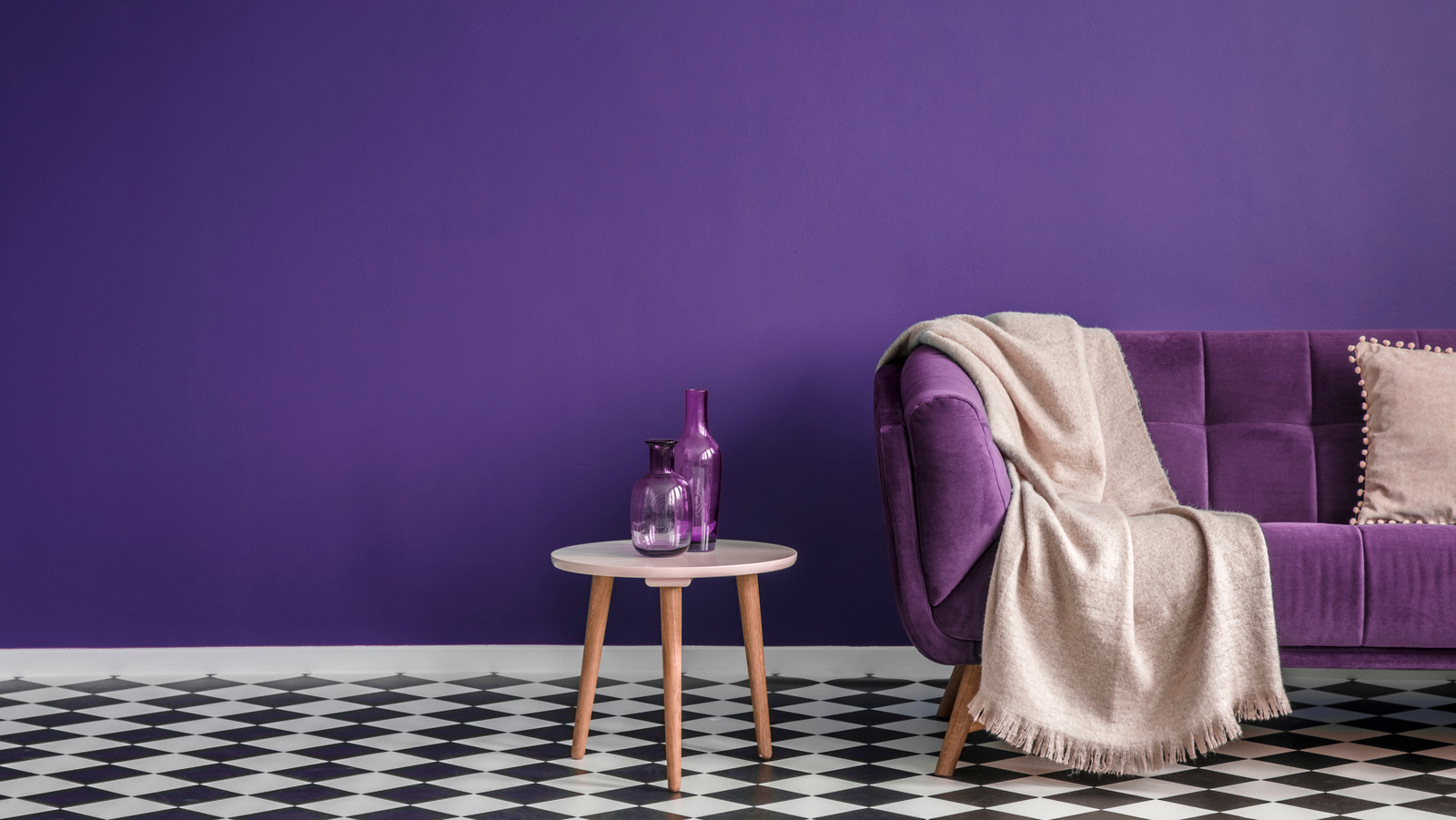




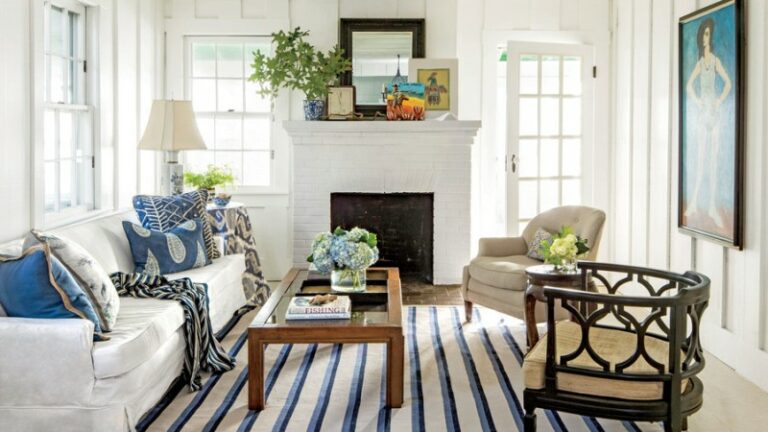


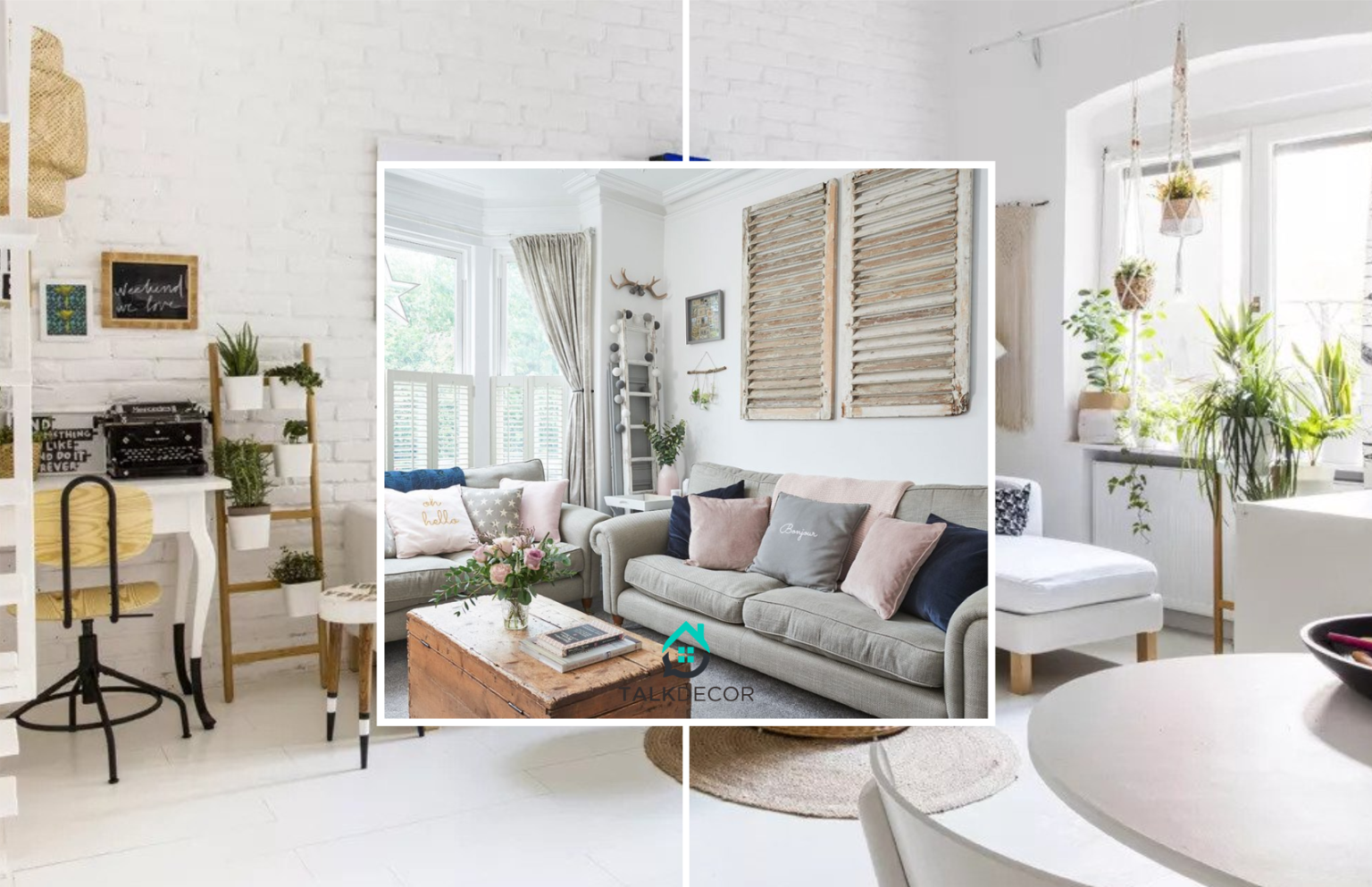

































:max_bytes(150000):strip_icc()/Getty_family_dinner_large-56a13dc73df78cf77268b51f.jpg)






/__opt__aboutcom__coeus__resources__content_migration__mnn__images__2019__01__family_having_dinner_home-f988868a9a95412eaa61b5ab55848245.jpg)
